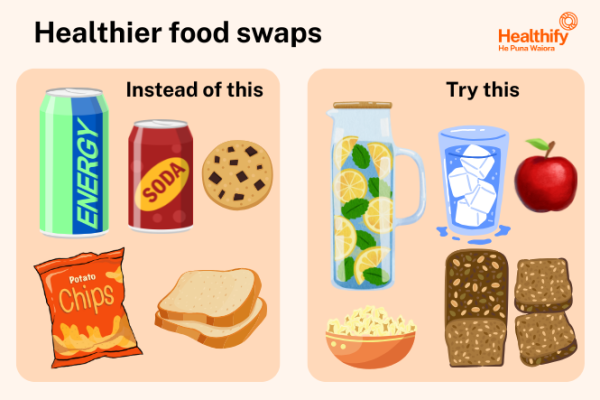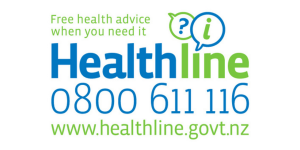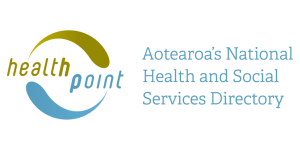Healthy eating – swaps for better health
Key points about food swaps for better health
- The next time you reach for an energy drink, fizzy drink or white bread, pause and think about swapping it out for something healthier, such as chilled water, fruit or wholegrain bread.
- Eating a wide range of healthy food ensures you get all the energy, vitamins and minerals you need to live a balanced and healthy life.
- The best changes are ones that you can do and keep up. Here we suggest some easy food swaps to help you eat healthier food every day.

A home cooked meal or homemade snack is a great option because you have control over the ingredients – but it’s not always realistic when you’re busy.
You can eat nourishing food every day just by making simple swaps when buying ready-to-eat food from takeaways, bakeries, supermarkets or cafes.
Highly processed foods, packaged snacks and deep-fried options often add extra saturated fat, sugar or salt to your diet. If you eat these regularly, they can be swapped for better options to support your energy levels and health.
The best changes are the ones that you can do and keep up. Starting off with small changes means you can gradually build up towards healthier food choices.
You and your whānau can have a go at replacing food and drinks with healthier options using the ideas below. The more you swap, the more your taste buds will change to really enjoy the healthier option. Sometimes it’s just a matter of breaking a habit and building a new one.
Why not try a new healthy recipe once a week – it might become a favourite.
Remember to look at food labels for help to make healthier choices when you choose packaged foods. Read more about understanding food labels.

Image credit: Healthify He Puna Waiora
Get smart with drinks
If you're stuck on super sweet soft drinks or super-sized energy drinks, this one is for you.
Swap fizzy drink to water or sparkling water
Fizzy drink is high in sugar and too much sugar increases your risk of putting on unwanted weight, tooth decay, some cancers, and type 2 diabetes. Drinking water instead of fizzy drink also saves you money as water is free. Watch out for sports and energy drinks – they may sound healthy but have a surprising amount of sugar in them. Find out how to read a label to see just how much sugar there can be!
Hint: If you can’t get through the day without an energy drink, choose a zero-sugar version. Energy drinks contain caffeine and other stimulants that give you a false sense of energy. They often lead to ‘energy crashing’ later in the day. Another option is to take a stepwise approach and swap an energy drink to juice and then after some time swap juice to water.
Swap fruit juice to water and a piece of fruit
Fruit juice is high in sugar, so if you’re after a refreshing drink, have a glass of chilled water and a piece of fruit instead. Another idea is to add pieces of fruit (eg, strawberry, pineapple, or even mint or cucumber) or a splash of lemon juice and some ice to your water to add extra flavour.
Swap full-fat milk to reduced fat milk
Next time you buy milk, swap to a reduced fat milk. It’s still milk – but contains half the saturated fat and is better for your heart health. It’s an all in one for magnesium, phosphorus and calcium – essential for bones and teeth. If you have tamariki between the ages of 10 and 20 years, you're pregnant, or an older person at risk of osteoporosis, try a brand of milk with extra added calcium.
Swap white bread to wholegrain bread
Wholegrain and wholemeal breads are packed with more nutrients (such as dietary fibre) than white bread, they're less processed and better for you. When you're choosing a sandwich or wrap when you're out and about, try to choose whole grain and wholemeal breads, rolls and wraps.
Swap muesli bars to fresh fruit, yoghurt or a small handful of nuts
While packaged muesli bars may seem like a healthy option, some are highly processed and coated in chocolate or contain a lot of added sugar and saturated fat. Instead, try some fresh fruit, yoghurt or a small handful of nuts or seeds (or both!). Save money and the environment by making your own muesli bars and add plenty of nourishing ingredients, such as seeds, to boost the nutrition.
Swap potato chips to popcorn or raw vegetable sticks with hummus
Homemade popcorn or raw sticks of carrot, cucumber or capsicum with hummus are great substitutes for potato chips – especially if you eat them often. You can chop a lot of vegetable sticks at once, then store them in water in a container in the fridge to make them last for days.
Swap dried fruit to fresh fruit
Dried fruit is a concentrated source of fruit which means it's higher in sugar and calories. This makes fresh fruit a better option. The stickiness of dried fruit also means it sticks to teeth and can contribute to tooth decay. Fresh fruit also fills you up for longer due to the water and dietary fibre content – fibre is essential for keeping your gut healthy on the inside.
Swap to heart healthy fats
Swap hard cheeses to cottage cheese
Cheese is a good source of calcium and protein but can add saturated fat to your diet. Instead of tasty, brie, blue cheese or camembert, try options which are lower in saturated fat such as edam, cottage cheese or feta.
Swap butter to avocado, nut butter or a vegetable-oil spread
Butter is high in saturated fat so when making a sandwich or piece of toast, swap it out for a heart healthy option such as avocado, nut butter, olive oil or a vegetable-oil based spread.
Swap coconut cream to lite/light coconut cream or milk
Coconut milk and cream are staples in many people’s pantries. Buying the ‘lite’ or 'light' version, or coconut milk instead, will reduce the amount of saturated fat you consume. when you're at the supermarket. choose the option with the lowest saturated fat per 100 g to help manage your cholesterol. Read more about reading food labels.
Swap coconut oil, ghee or lard/dripping to vegetable oils such as canola, olive, sunflower or rice bran oil
Coconut oil, ghee and lard/dripped are all high in saturated fat. If you use them often, replace with options that have a higher proportion of heart healthy mono and poly unsaturated fats such as canola, olive, sunflower or rice bran oil.
Swap your takeaways to match a healthy plate
Instead of pies, fries, burgers, fried chicken or rice and noodle dishes with no vegetables, look for takeaways that are based around whole foods from the 4 food groups. Aim for your takeaway meals to follow the Plate Model to provide about ½ plate of veges, ¼ plate of noodles/pasta/rice/potatoes/taro, and ¼ plate of protein foods (meat, chicken, fish, tofu, legumes).
Image credit: Healthify He Puna Waiora
Examples of takeaway meals include meat and veggie stir fries with rice/noodles, sandwiches, wraps, filled rolls/subs or pita bread, burgers with plenty of veggies/salad.
Examples of homemade takeaway meals include baked frozen fish, potato chips and a bag of salad instead of bought fish and chips.
Find more meal swaps(external link).
Apps reviewed by Healthify
You may find it useful to look at some nutrition apps.
Ingredients and healthier alternatives(external link) Heart Foundation, NZ
Choose healthy snacks(external link) NSW Government, Australia, 2021 English(external link), Arabic(external link), Bengali(external link), Chinese (simplified)(external link), Chinese (traditional)(external link), Dari(external link), Hindi(external link), Korean(external link), Mongolian(external link), Nepalese(external link), Persian(external link), Tamil(external link)
Healthy eating tips(external link) Healthline
Eat more fruit and vegetables(external link) NSW Government, Australia, 2020 English(external link), Arabic(external link), Bengali(external link), Chinese (simplified)(external link), Chinese (traditional)(external link), Dari(external link), Hindi(external link), Korean(external link), Mongolian [PDF, 448 KB], Nepalese(external link), Persian(external link), Tamil(external link)
Swap this for that(external link) Healthy Kids, NZ and Health New Zealand | Te Whatu Ora
Healthy heart visual food guide poster(external link) Heart Foundation, NZ
Healthier swaps – snacks(external link) Heart Foundation, NZ
Healthier swaps – meals(external link) Heart Foundation, NZ
Swap this for that(external link) Healthy Kids, NZ and Health New Zealand | Te Whatu Ora
Apps
References
- Eating and activity guidelines for New Zealand adults(external link) Health New Zealand | Te Whatu Ora, 2020
- Swap this for that(external link) Healthy Kids, NZ and Health New Zealand | Te Whatu Ora
Credits: Healthify editorial team. Healthify is brought to you by Health Navigator Charitable Trust.
Reviewed by: Anna Sloan, Registered Dietitian, Nutrition Connection; Lily Henderson, Registered Dietitian, Auckland
Last reviewed:





